Ello sphinx
Erinnyis ello (Linnaeus, 1758)
Family: Sphingidae
Subfamily: Macroglossinae
Identification: Abdomen has very distinct gray and black bands. Upperside of female forewing is pale gray with a few dark dots near the outer margin. Upperside of male forewing is dark gray and brown with a black band running from the base to the tip. In both sexes, the hindwing upperside is orange with a wide black border.
Wing Span: 2 15/16 - 3 5/16 inches (7.5 - 8.5 cm).
Life History: Adults begin feeding at dark. Fully-grown caterpillars spin cocoons on the soil surface.
Flight: . Several flights throughout the year in Florida and South Texas. Strays north July-October.
Caterpillar Hosts: Papaya (Carica papaya) in the Caricaceae family; various plants in the spurge family (Euphorbiaceae) including poinsettia (Euphorbia pulcherrima); guava (Psidium species) in the myrtle family (Myrtaceae); also saffron plum (Bumelia angustifolia) in the Sapotaceae.
Adult Food: Nectar from flowers including bouncing bet (Saponaria officinalis).
Habitat: Tropical and subtropical lowlands and foothills.
Range: Resident in Argentina north through Central America, Mexico, and the West Indies to south Florida, Texas, Arizona, southern California, and southern Nevada. Strays northward.
Conservation: Not usually required.
NCGR: G5 - Demonstrably secure globally, though it may be quite rare in parts of its range, especially at the periphery.
Management Needs: Ello sphinx caterpillars can be pests of poinsettias.
Please donate!
We depend on donations to keep Butterflies and Moths of North America freely available. We want to express our gratitude to all who showed their support by making a contribution this year. You can donate to support this project at any time.
Advertise with us!
Do you have a product or service that you think would interest BAMONA users? If you would like to advertise on this website, contact us by email, or use the contact form and select the "Advertising" category.
Verified Sightings
Displaying 25 - 48 of 173 verified sightings

Observation date: May 20, 1994
Submitted by: Allen B
Region:
Verified by: Allen B
Verified date: Feb 20, 2022

Observation date: Dec 24, 2013
Submitted by: CGerstle
Region: Florida, United States
Verified by: jwileyrains
Verified date: Feb 02, 2022
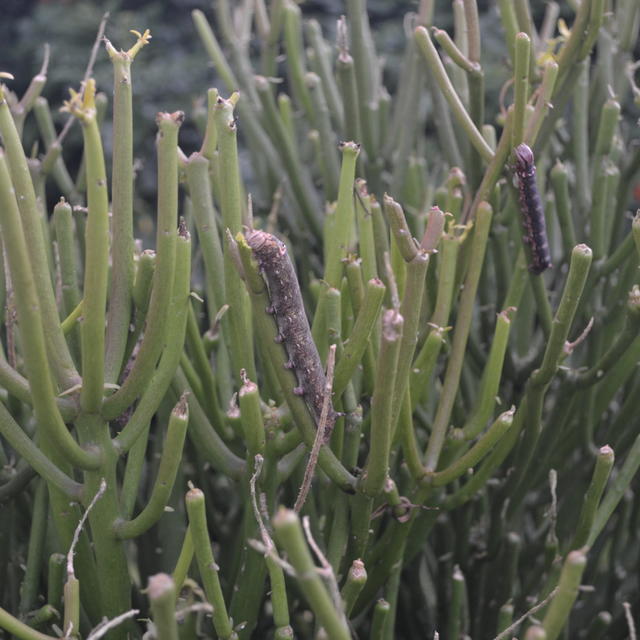
Observation date: Sep 07, 2013
Submitted by: scott2sing
Region: Riverside County, California, United States
Verified by: jwileyrains
Verified date: Feb 01, 2022

Observation date: Jan 12, 2012
Submitted by: Sierraherrmann
Region: Palm Beach County, Florida, United States
Verified by: jwileyrains
Verified date: Feb 01, 2022

Observation date: Dec 04, 2021
Submitted by: Keybugs
Region: Monroe County, Florida, United States
Verified by: jwileyrains
Verified date: Jan 07, 2022
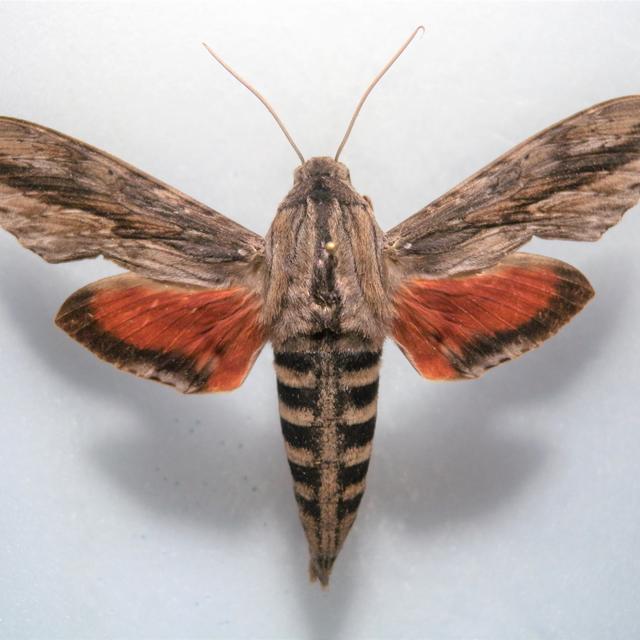
Observation date: Jul 29, 2021
Submitted by: J_Martineau
Region: Santa Cruz County, Arizona, United States
Verified by: J_Martineau
Verified date: Dec 17, 2021
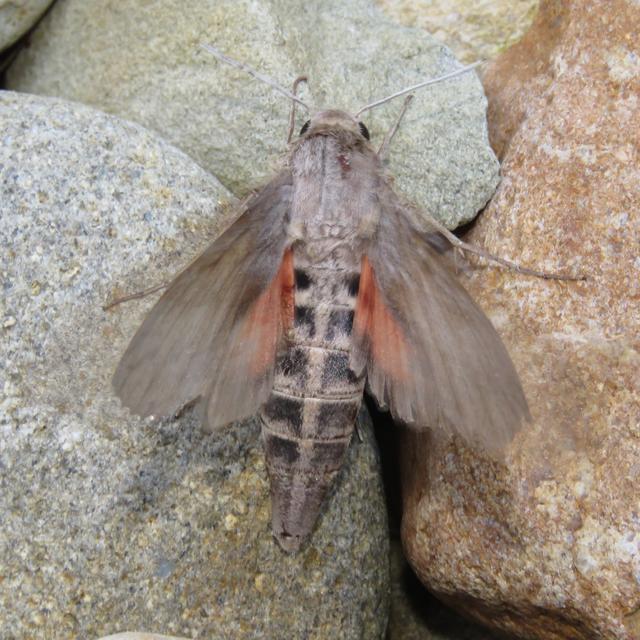
Observation date: Aug 21, 2021
Submitted by: Allen B
Region: Fentress County, Tennessee, United States
Verified by: rogerdowner
Verified date: Nov 25, 2021
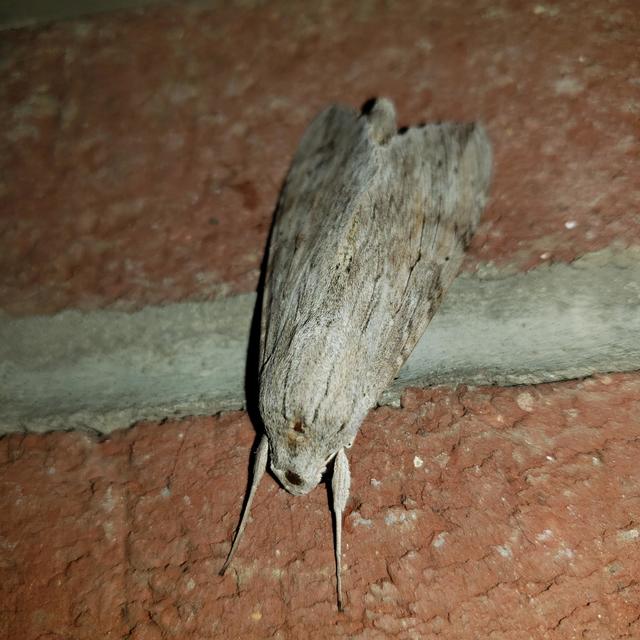
Observation date: Sep 09, 2021
Submitted by: Michelle67moore
Region: Mahoning County, Ohio, United States
Verified by: curtis.lehman
Verified date: Nov 01, 2021
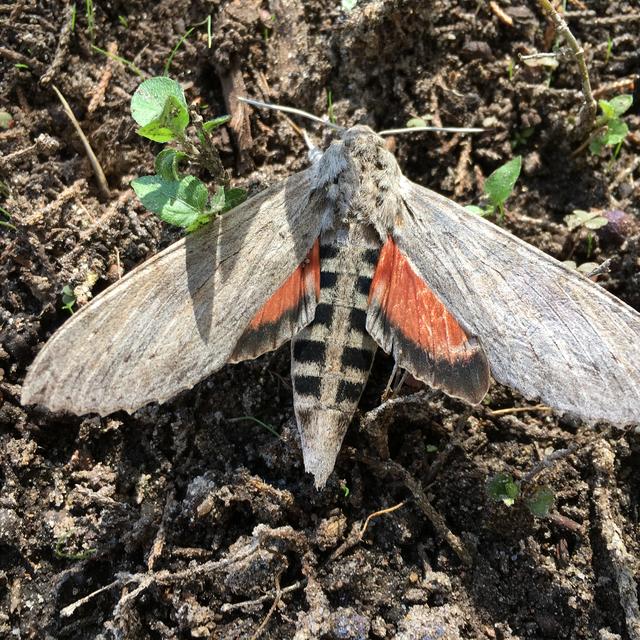
Observation date: Oct 19, 2021
Submitted by: txgearcat
Region: Texas, Travis County, United States
Verified by: stomlins701
Verified date: Oct 26, 2021
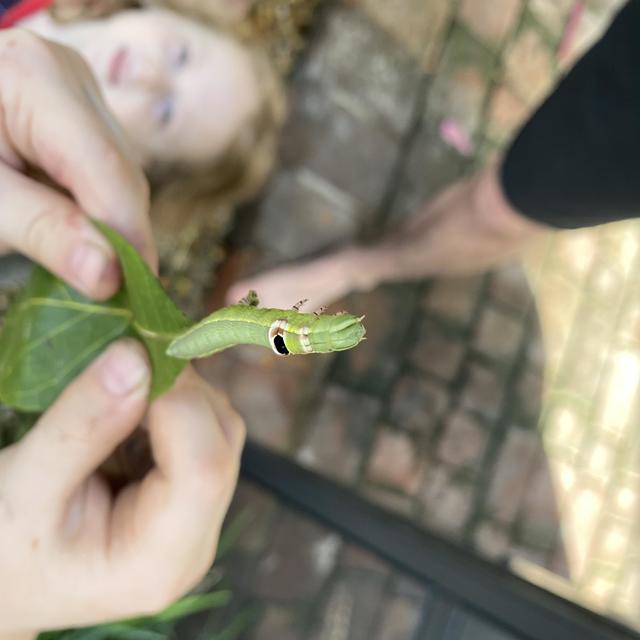
Observation date: Dec 03, 2020
Submitted by: tylerkbb
Region: Palm Beach County, Florida, United States
Verified by: curtis.lehman
Verified date: Dec 04, 2020
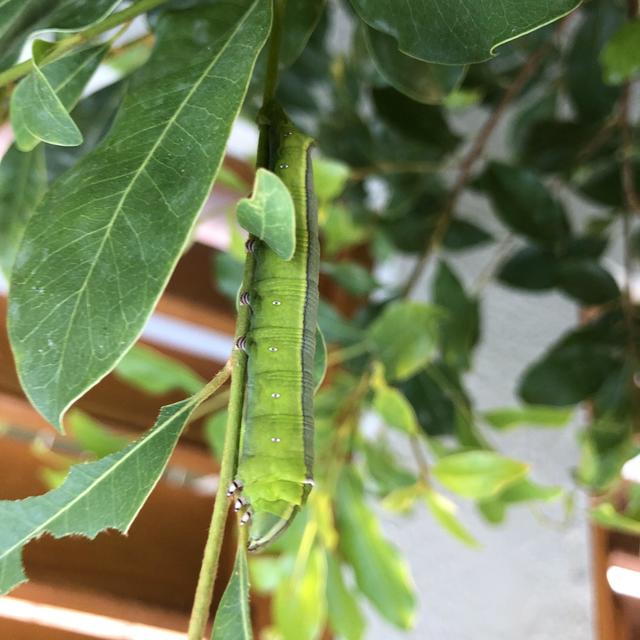
Observation date: Aug 15, 2020
Submitted by: Keysgirl
Region: Monroe County, Florida, United States
Verified by: John Calhoun
Verified date: Aug 16, 2020
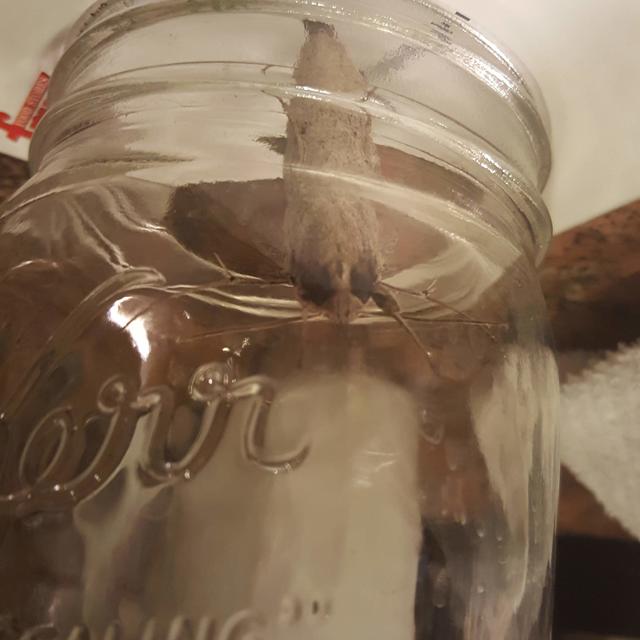
Observation date: Sep 04, 2018
Submitted by: Ann Daltilio
Region: Maricopa County, Arizona, United States
Verified by: kellyrichers
Verified date: Aug 11, 2020
Observation date: Sep 30, 2018
Submitted by: James Steen
Region: Harvey County, Kansas, United States
Verified by: stomlins701
Verified date: Jul 19, 2020
Observation date: Sep 30, 2018
Submitted by: James Steen
Region: Harvey County, Kansas, United States
Verified by: stomlins701
Verified date: Jul 19, 2020
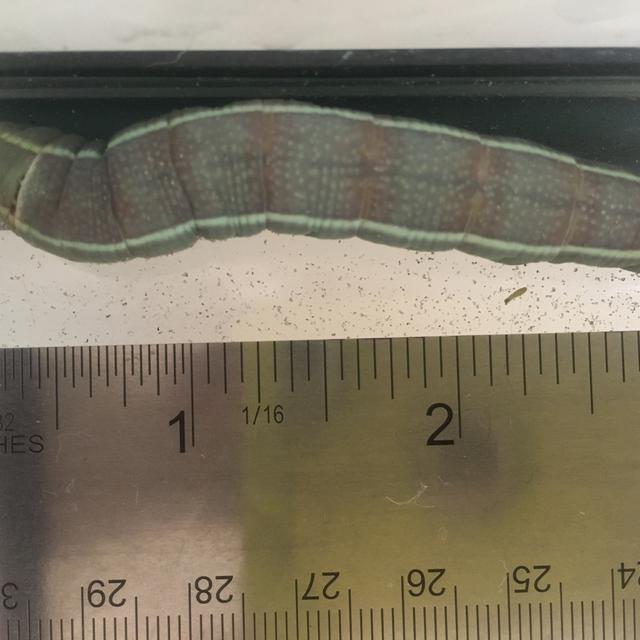
Observation date: May 26, 2020
Submitted by: bumblebeefl
Region: Manatee County, Florida, United States
Verified by: John Calhoun
Verified date: May 27, 2020

Observation date: May 18, 2020
Submitted by: Ross Shearer
Region: Palm Beach County, Florida, United States
Verified by: John Calhoun
Verified date: May 19, 2020
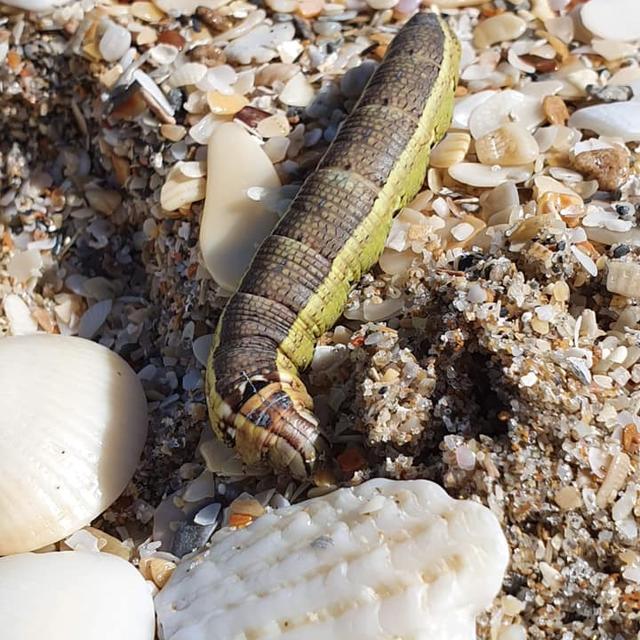
Observation date: Jan 09, 2020
Submitted by: Jenny Damm
Region: Broward County, Florida, United States
Verified by: curtis.lehman
Verified date: Jan 12, 2020
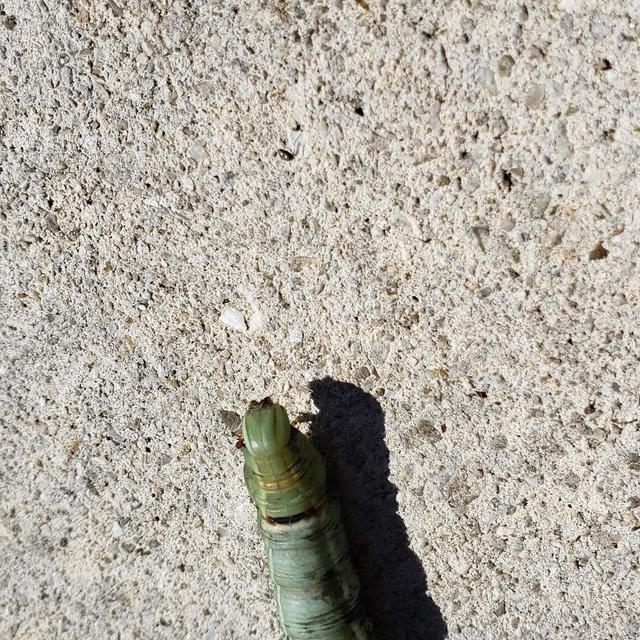
Observation date: Nov 20, 2019
Submitted by: ggarcia
Region: Miami-Dade County, Florida, United States
Verified by: curtis.lehman
Verified date: Nov 20, 2019
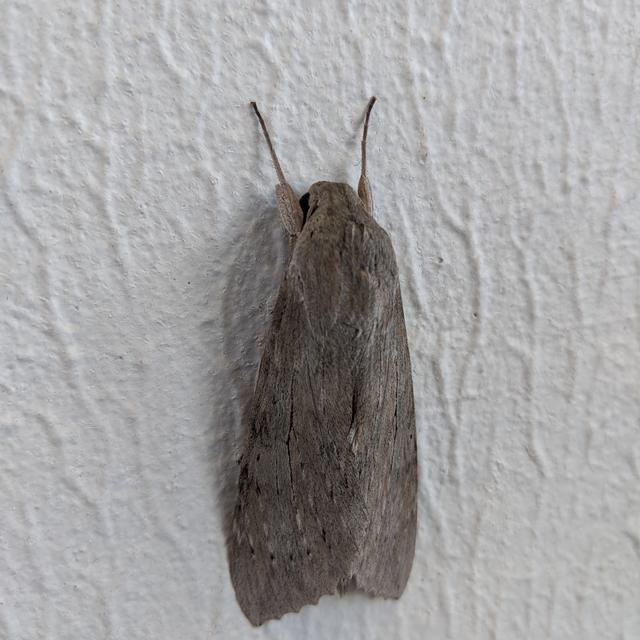
Observation date: Oct 15, 2019
Submitted by: Bleem
Region: Palm Beach County, Florida, United States
Verified by: curtis.lehman
Verified date: Oct 16, 2019
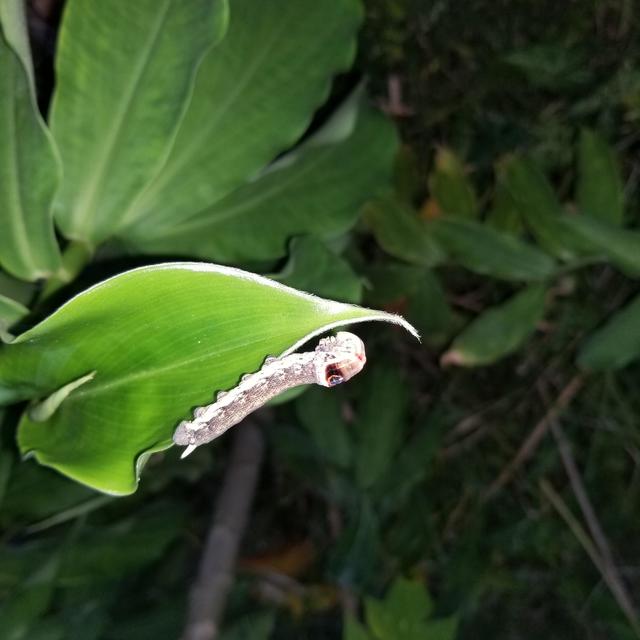
Observation date: Oct 01, 2019
Submitted by: Nivek Kcaj Dana...
Region: Pasco County, Florida, United States
Verified by: John Calhoun
Verified date: Oct 01, 2019
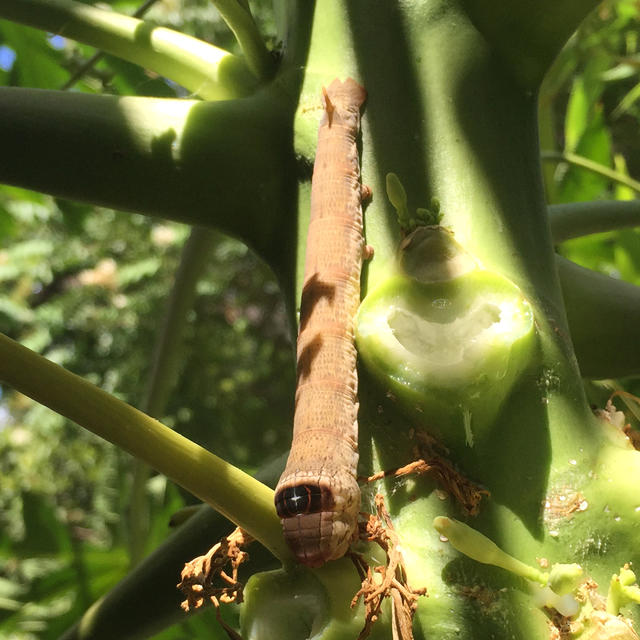
Observation date: Jul 12, 2016
Submitted by: marley
Region: Bexar County, Texas, United States
Verified by: stomlins701
Verified date: Jan 01, 2019
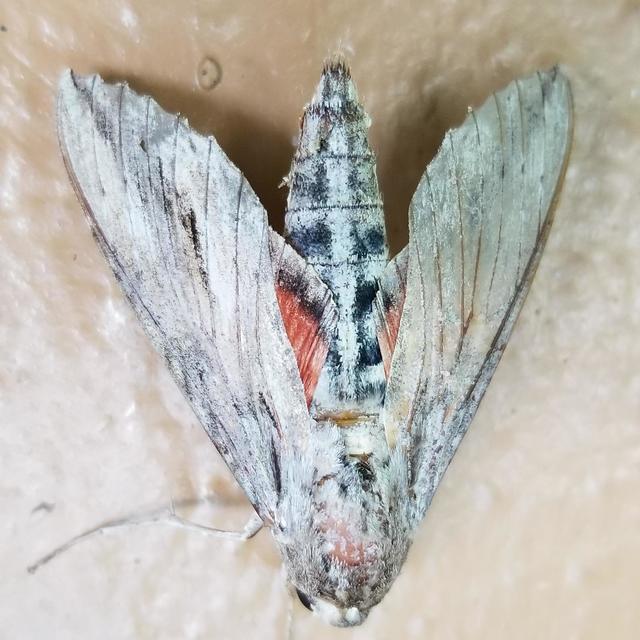
Observation date: Oct 17, 2018
Submitted by: Carmen Ferreiro
Region: Miami-Dade County, Florida, United States
Verified by: curtis.lehman
Verified date: Dec 09, 2018
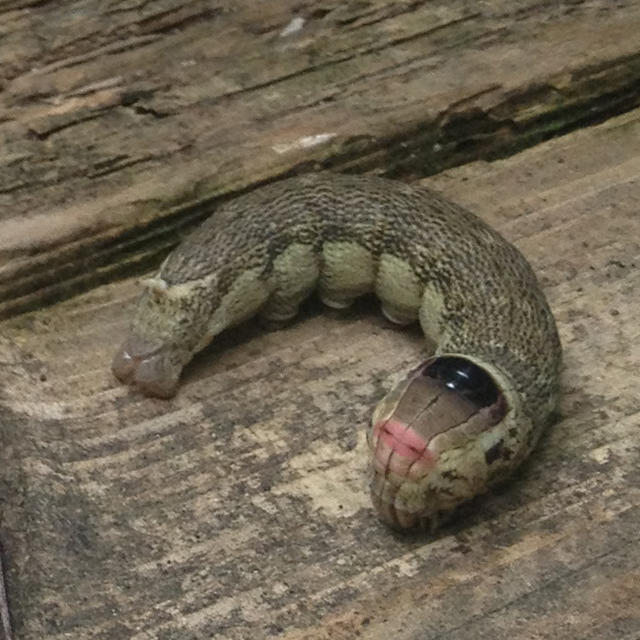
Observation date: Dec 07, 2012
Submitted by: marley
Region: Bexar County, Texas, United States
Verified by: stomlins701
Verified date: Nov 21, 2018

Observation date: Mar 05, 2012
Submitted by: JimConrad
Region: Yucatan, Mexico
Verified by: kellyrichers
Verified date: Oct 26, 2017
- ‹ previous
- 2 of 8
- next ›






